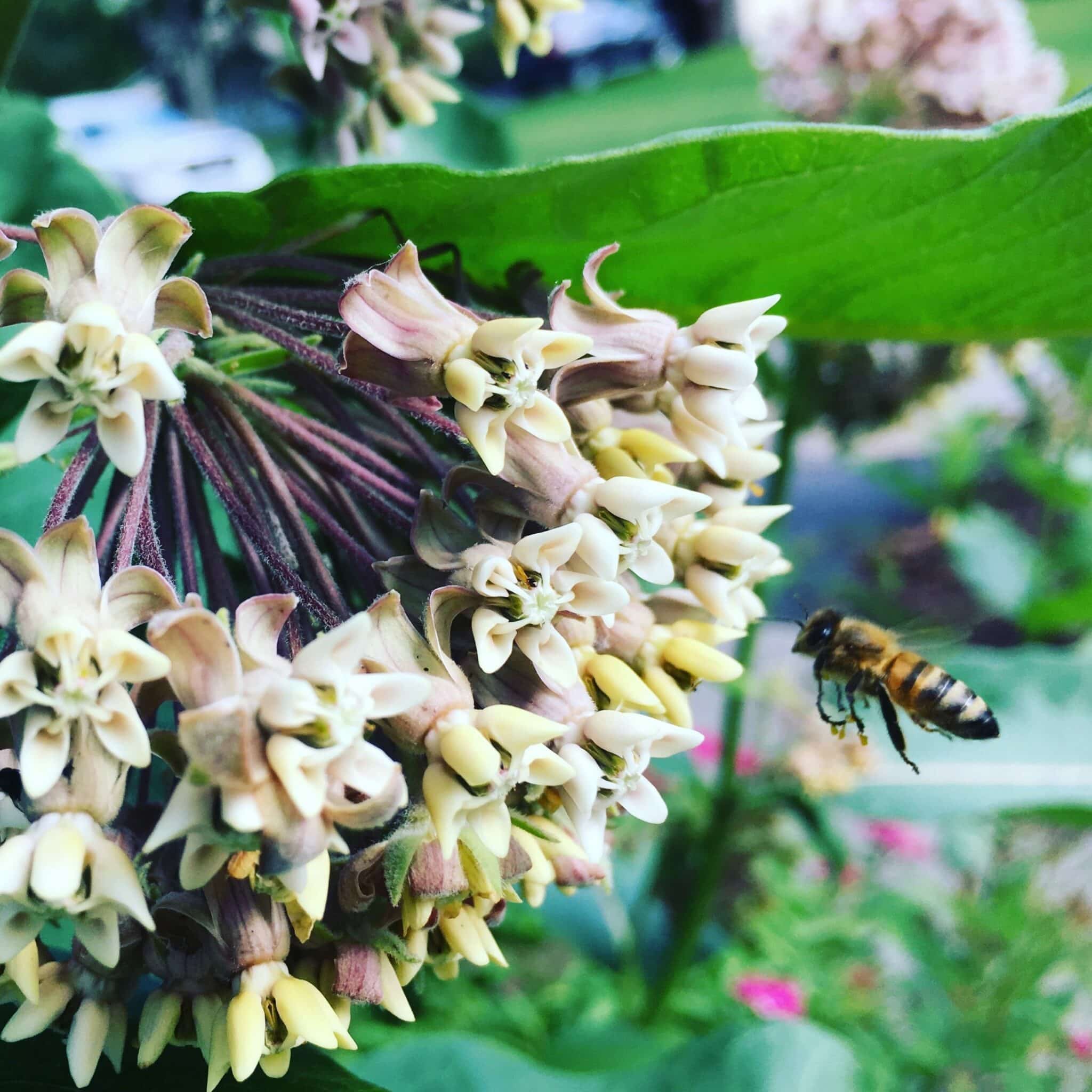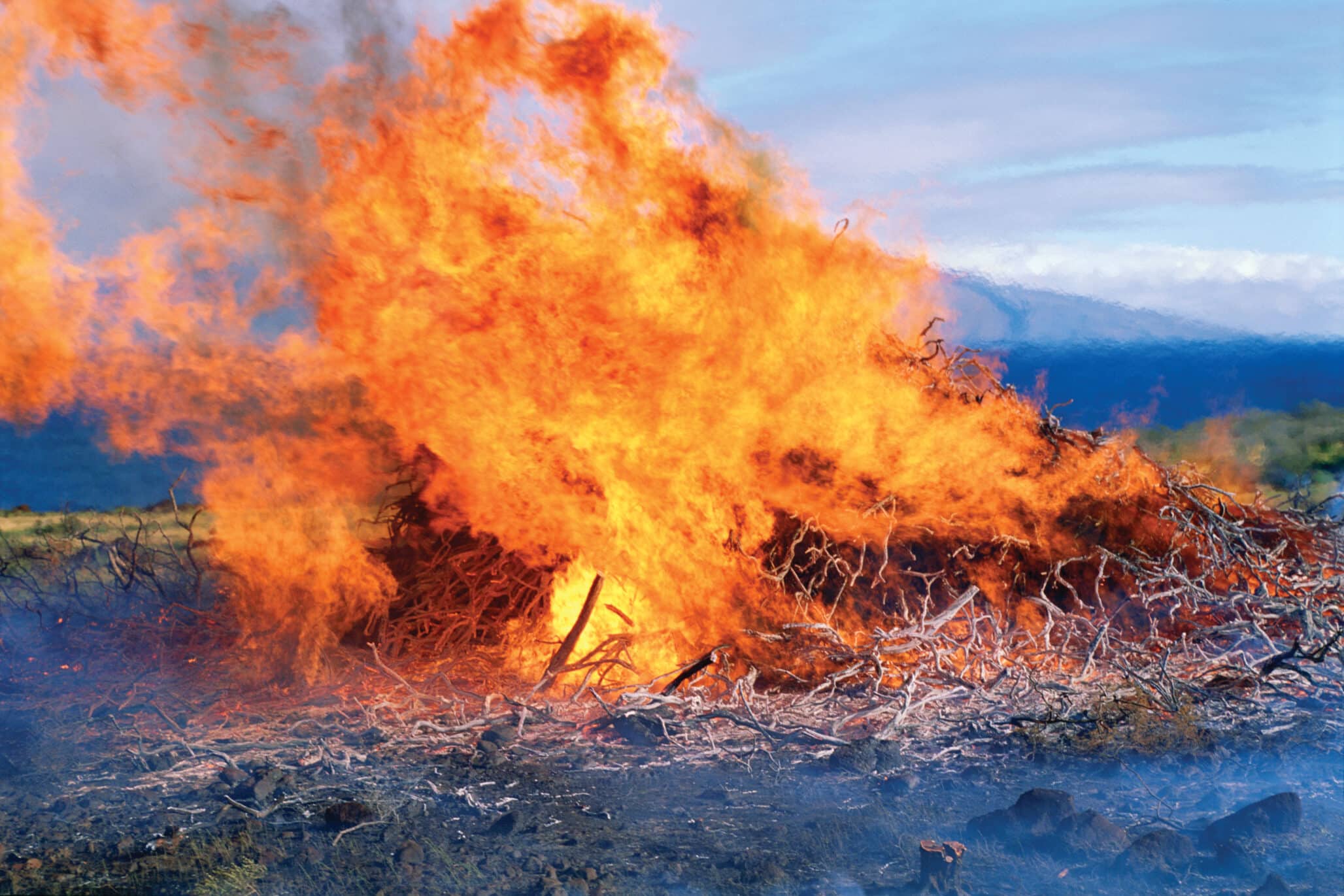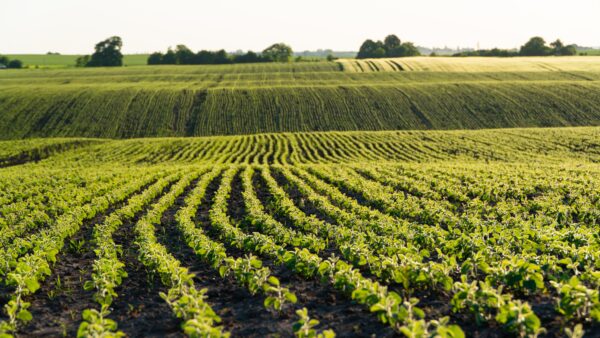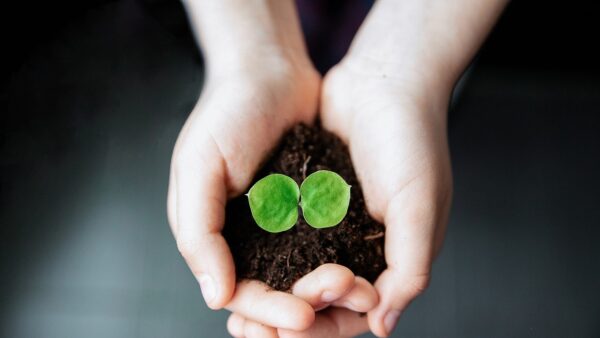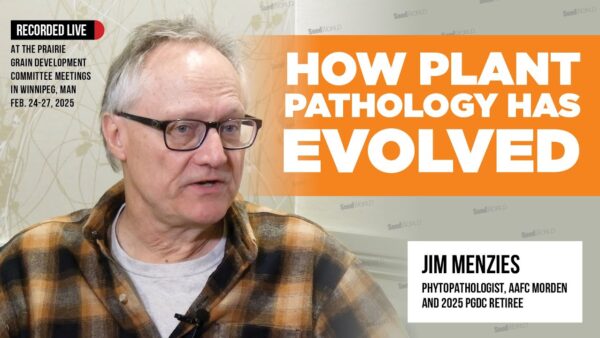As demand picks up in native seed, Seed World checks out the reason for the spike.
Native seeds: they’re an industry that doesn’t get talked about often, but they’re the heroes we look for when reestablishing habitat or rebuilding an ecosystem after devastating wildfires or habitat destruction.
But, while some consumers have taken notice of the hard work being done by the native seed industry, others are just starting to learn about it.
Seed World decided to call three experts in native seed to chat to them about demand, availability and the idea of “local” native seeds.
Education About Natives
While native seeds aren’t the primary focus of American Meadows, President Mike Lizotte says they took up the challenge early in the 2000s in response to customer demand.
“I always find there’s a lot of educating you need to do, especially to the new gardeners,” Lizotte says. “We need to both be on the same page when we’re defining native. After that, one of the challenges that tends to come up is that natives come at a cost — one that’s not always known to the new person coming up into natives.”
For example, Lizotte mentions that consumers can come in under the impression that natives establish themselves extremely quickly, like garden variety flowers.
“Natives can take much longer to establish themselves from seeds than from a plug root,” he says. “When you get down to natives such as milkweed that help monarchs, they might take two to four years to flower. You have to have a lot of patience with natives.”
Carlie Von Arx, native seed specialist with La Crosse Seed, agrees that this is a misconception in the industry.
“Most of the time, other seeds begin growing within a few weeks,” she says. “Often, growers have the same expectations when it comes to natives.
“I’ve had our dealers ask me ‘Hey, my customer seeded a couple weeks ago and they haven’t seen anything come up yet, is there something wrong?’ and we have to explain that some natives take a long time to sprout. They don’t all germinate at the same time, and that’s normal,” she says.
Von Arx says one important part of making sure that native plantings are successful is to prep the site before seeding.
“Be sure to properly prep where you’re planting — that’s something that will help give the seed a chance to establish,” she says.
In addition, cost associated with natives can be surprising to new growers.
“Someone new coming up into natives doesn’t always realize the cost associated with natives,” Lizotte says. “If we’re going down the root of local ecotypes down to a region or county, it can get expensive.
“I never like to shock anyone with a quote,” he continues. “When we begin conversations about natives, I’m always transparent and upfront. I’ve been doing this long enough to know that consumers want to know that sooner rather than later. We try to work to match a budget.”
Von Arx says that it’s possible to get native seeds or mixes in on a budget. However, it depends on the specific variety of natives you’re looking into.
“If you’re just looking for native grasses, it’s easy to make an affordable mix,” she says. “The prices vary so much on native species, from a few dollars to a couple of thousand dollars a pound. But planting a prairie on a couple of acres can be pretty manageable for your wallet.
“Sometimes it comes down to how much seed is in the market,” Von Arx says.
Demand Ebbs and Flows
As for the demand, natives seem to ebb and flow as the years go on. Depending on the area you work in, native demand could be up, or native demand could be ebbing.
At La Crosse, they’re seeing a bit slower of a demand, that’s steadily starting to pick up.
“We had a couple quiet years for natives, as this year was the first year since 2016 for general CRP signups,” Von Arx says.
According to Von Arx, when the Farm Bill expired and there was a delay in signing a new one, some CRP acres expired. This delayed those acres from reenrolling and there weren’t any new acres being signed up. This delay in sign-ups caused a delay in selling.
However, she reports acreage is on the up and up.
“We’re now seeing a ramp up in demand,” Von Arx says. “As CRP ramps up, we’ve being seeing more quote requests come in.”
She says they expect to continue to see this trend grow more this fall and in the spring of 2021.
Other companies, like American Meadows, have steadily seen a demand increase due to a major public interest: helping pollinators.
“Our demand was brought upon at least five years ago,” Lizotte says. “Starting with the decline of monarchs and the decline with bees.”
Lizotte notes that these are a hotly debated topic that has really engaged everyday consumers — everyone’s concerned about the decline in pollinators.
“What better way to support bees and monarchs than by establishing habitats?” he says. “This started about five years ago with some of those unfortunate changes that were happening throughout the country and world.”
However, Lizotte notes that this also brought up some challenges. As an example, he says that there were a lot of major news stories covering the decline in pollinators.
“You’ll have a novice gardener that just read a New York Times article about the decline in pollinators who want to do something,” he says. “This can be where the misconception about price can factor in.”
Lizotte believes this drive in demand is all for good.
“There’s an overall consumer plugged into the environment,” he says. “More and more gardeners are aware of what’s happening to pollinators and want to do their part to help.”
Local Native Seeds Benefit Pollinators
Along with the concern about pollinators and the rise in demand of natives comes another hotly debated topic in the native industry — the idea of local native seeds.
Local native seeds can have a wide variety of meaning. You can get native seeds that are local to one particular state. You can get native seeds that are local to one particular region of a state. Or, you can get down to the nitty-gritty business of it and look for natives local to one particular county of the state.
But why does this localized seed matter more than just a normal, native mixed bag?
“There are three main aspects of the value of local ecotype seed,” says Stephanie Frischie, an agronomist and native plant materials specialist at The Xerces Society. “There’s the environmental match for a plant to grow well — climate, soil type and soil moisture. There’s the the ecological match — the relationships between native plants and local wildlife, including pollinators. Timing, or phenological match is the third critical piece — the season when a plant is flowering matches the season when its pollinators are actively seeking pollen and nectar.”
Bumblebees and gentians are an example of natural match between flower, pollinator and season, Frischie explains.
“Bumblebees, and gentians depend on one another,” she says. “Gentian flowers bloom in late fall and have a somewhat closed, bottle-like shape. Bumblebees are really one of the few insects that can access and pollinate the flowers.”
One reason Frischie gives for this is that bumblebees have relatively large bodies that allow them to be active during cool temperatures later in the year, when smaller bees are already overwintering. Bumblebees also have enough strength to push their way into the flower, where they pollinate it as they gather pollen and nectar.
“If you use plant material from a greater distance, it could work fine in a specific location, especially if it matches the climate type,” Frischie says. “If you’re trying to plant a general pollinator habitat, then a general mix can be fine. If you want to target specific pollinators, soil types or other unique characteristics of a location, then you’d need a more specific mix.”
Frischie notes that another important part of creating your perfect ecotype is ensuring the ecotypes are matched to the environment where they will be planted.
“If you use a seed mix from a different climate, it could cause a seasonal mismatch, in terms of temperature or precipitation and when the plant will be grow and flower, relative to when its pollinators are active,” she says. “If a flower blooms earlier than the average time for a location, it might be finished blooming by the time its pollinators emerge and become active. They will have missed their food source and the flowers will go unpollinated and un- or under-fertilized.”
Overall, Frischie says the biggest benefits to finding natives from a specific ecotype comes down to one thing.
“We’re just trying to match nature as much as possible,” she says.
Though no one can debate the benefits that matching ecotypes to a specific location provides, seed companies find that this can be a challenging task to meet the demand for.
“If I’m talking to a customer who wants a specific ecotype from a county, and even if they only want an ounce of seed, it can be challenging to source,” he says.
However, if you’re just looking to build a general, pollinator habitat, Lizotte says that a general mix still can achieve your dreams.
“Native mixes still get you the pollinator benefits you need,” he says. “You don’t always need to get down to that specific ecotype, because there’s always a more affordable way to help.”


